17 Brilliant Insect Builders And Their Masterpiece Structures
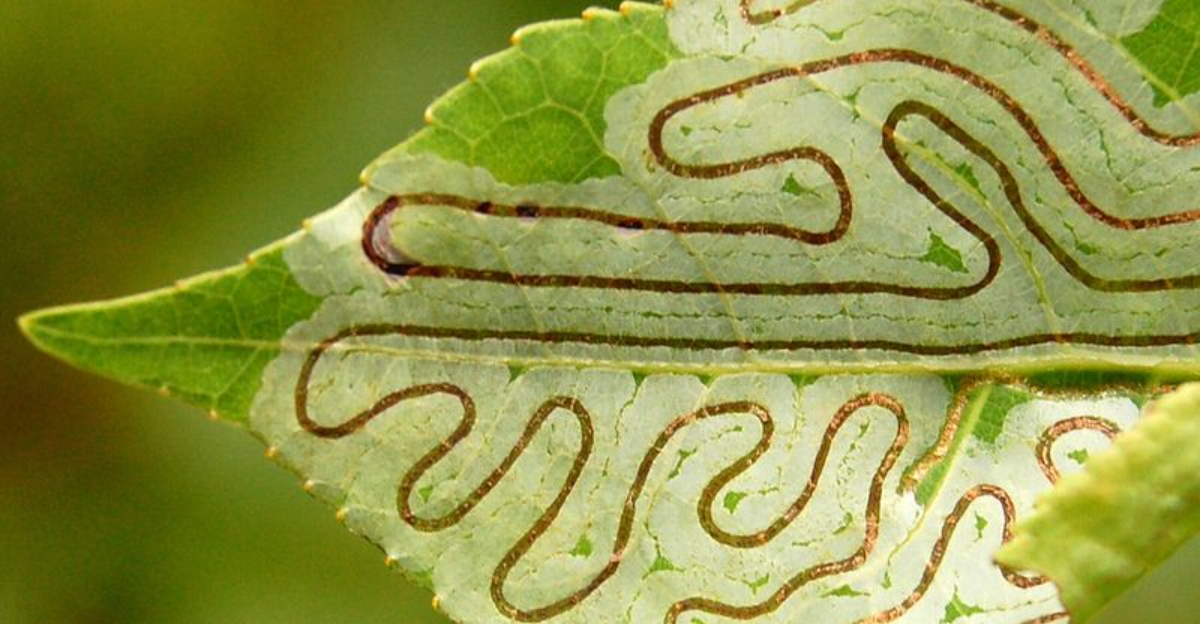
In the captivating world of insects, the extraordinary engineering feats of these small creatures often go unnoticed.
These tiny architects construct astonishing structures that can rival human creations in complexity and beauty. Prepare to be amazed as we explore 17 incredible insect builders and their marvelous masterpieces!
1. Termite Mounds
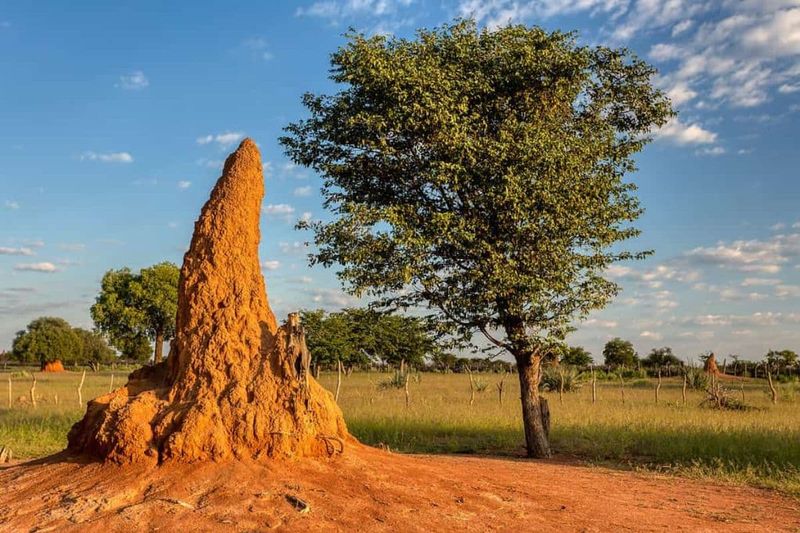
Rising majestically from the earth, termite mounds are an architectural wonder. These towering structures serve as home, nursery, and pantry.
The intricate tunnels and chambers are engineered to maintain perfect temperature and humidity. It’s a bustling city of termites, each contributing to its upkeep, ensuring survival in the harshest climates.
2. Ant Hills
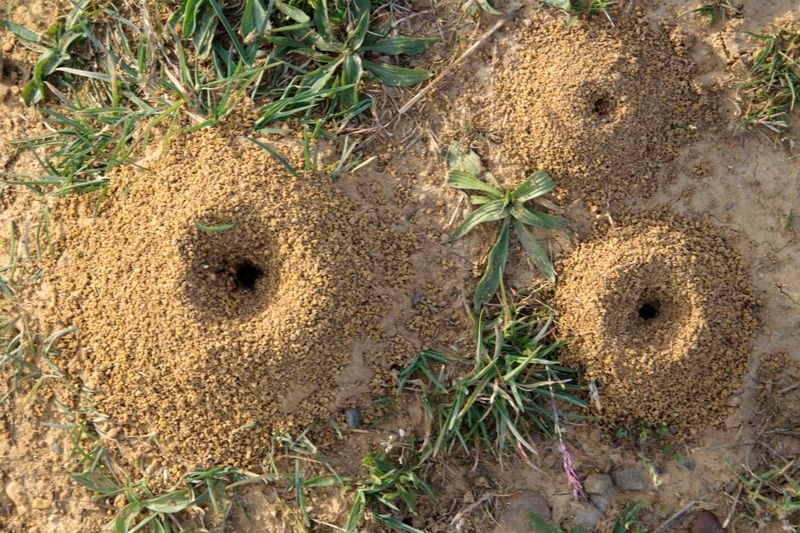
Ant hills are bustling hubs of activity, where armies of ants collaborate to build their fortress. These mounds are not just dirt piles; they’re expertly engineered homes.
Inside, complex networks of tunnels and chambers house the colony, while the surface acts as a protective barrier. It’s survival through unity and engineering.
3. Bee Hives
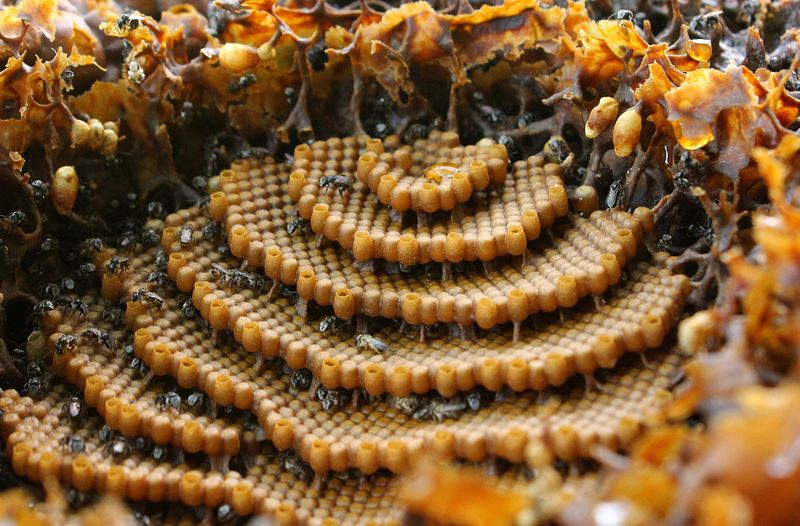
Crafted with precision, bee hives are a marvel of natural engineering. These waxy wonders house thousands of bees in perfect harmony.
Hexagonal cells efficiently store honey and larvae. The hive hums with life as bees dance to communicate, ensuring the colony thrives. It’s nature’s sweet symphony at work.
4. Paper Wasp Nests
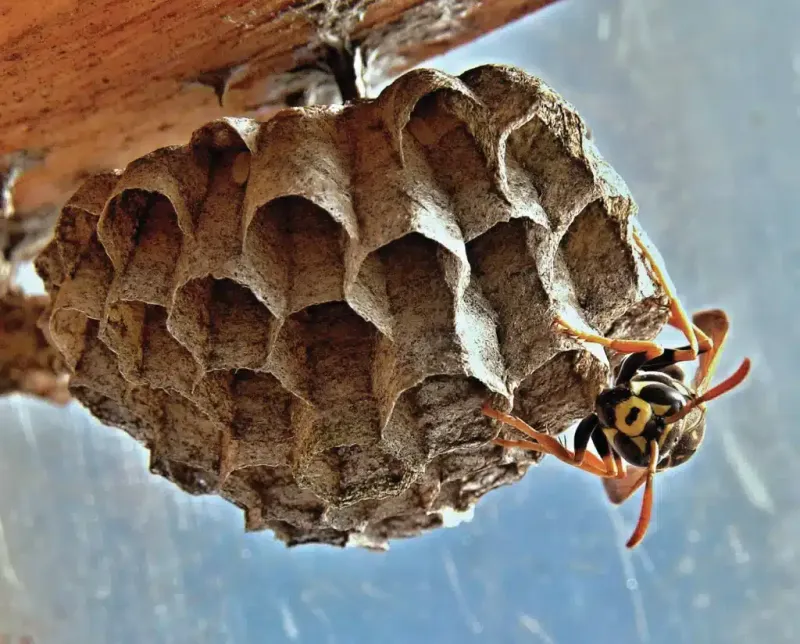
Suspended delicately, paper wasp nests are masterpieces made from chewed wood fibers. Each layer is carefully constructed, providing shelter and space for wasps to raise their young. These nests are a testament to the wasps’ industrious nature, transforming simple materials into a safe haven.
5. Caddisfly Cases
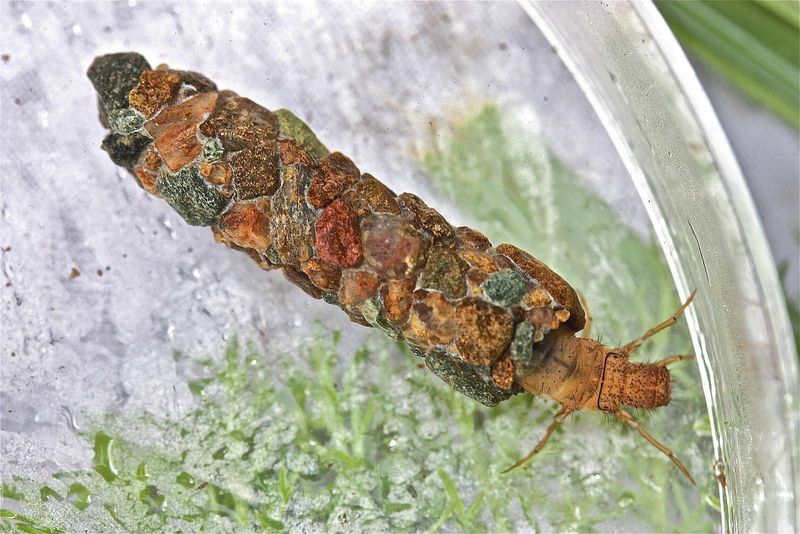
Underwater architects, caddisfly larvae craft protective cases using silk, stones, and twigs. These structures provide camouflage and safety from predators.
Each case is a unique creation, reflecting the available materials in its environment. It’s a blend of necessity and artistry beneath the water’s surface.
6. Weaver Ant Nests
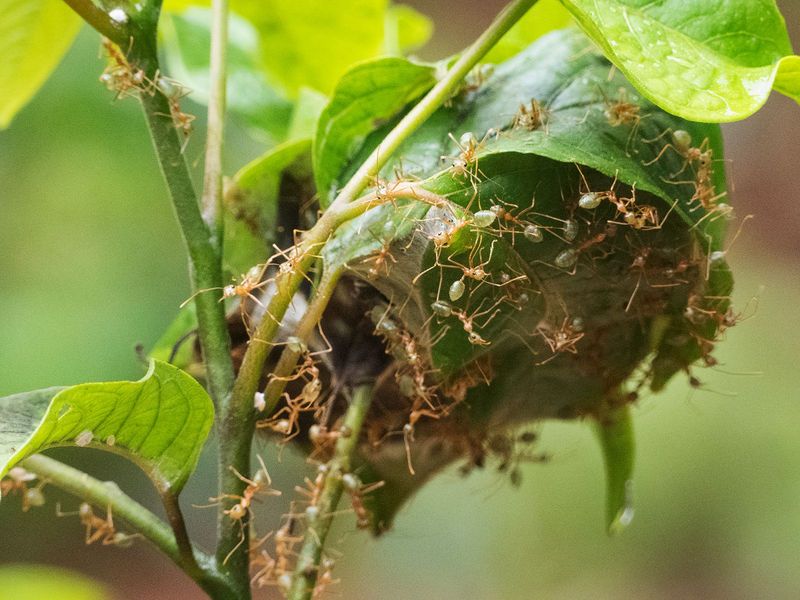
Suspended in foliage, weaver ant nests are living sculptures. Ants pull leaves together, stitching them with silk. These leafy abodes are strong and flexible, housing colonies high above the ground.
The teamwork and coordination required are nothing short of incredible, showcasing nature’s cooperative spirit.
7. Mud Dauber Nests
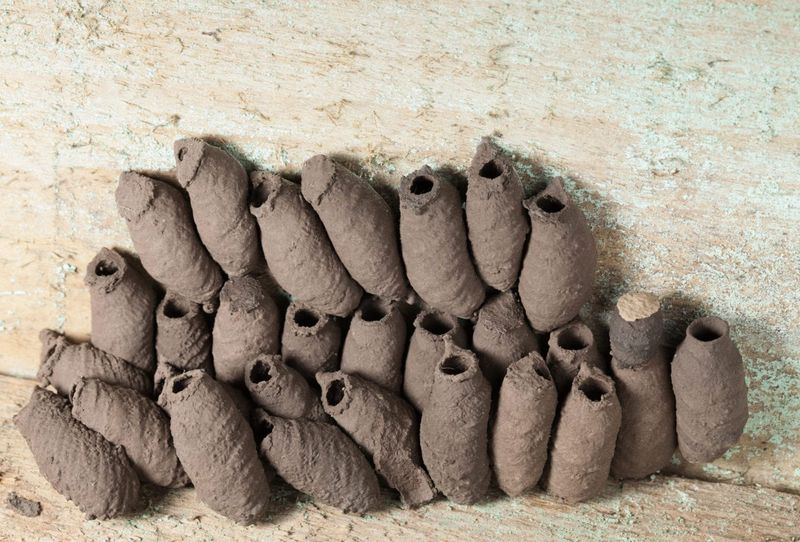
Crafted from mud, these tubular nests are a testament to the mud dauber’s skill. Each chamber is carefully molded, providing shelter and storage for prey. The wasp’s artistry ensures its offspring are safe and fed. It’s a reminder of the resourcefulness found in nature’s builders.
8. Gall Structures
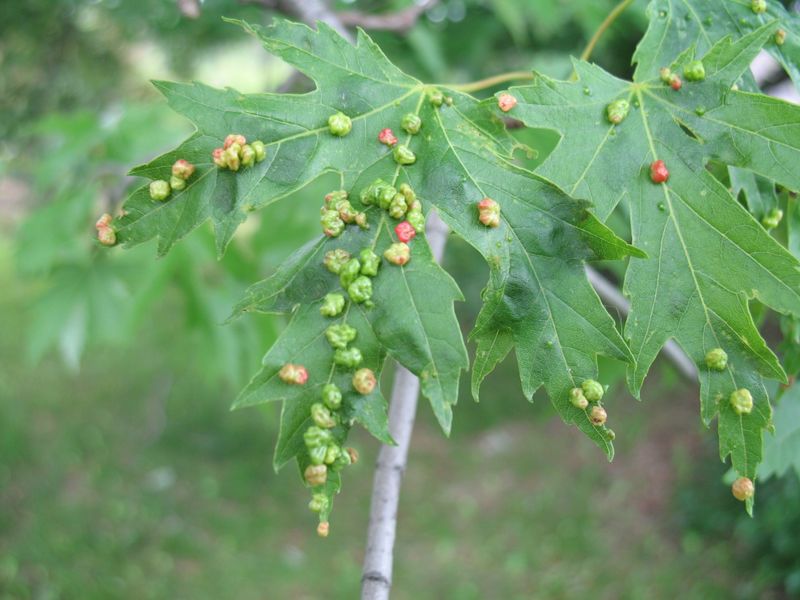
Gall structures are nature’s peculiar creations, formed by insects manipulating plant tissue. These bulbous growths provide food and shelter for larvae. Each gall is a unique response to the insect’s presence, a blend of plant and insect biology. It’s a strange yet fascinating interaction.
9. Orb-Weaver Spider Webs
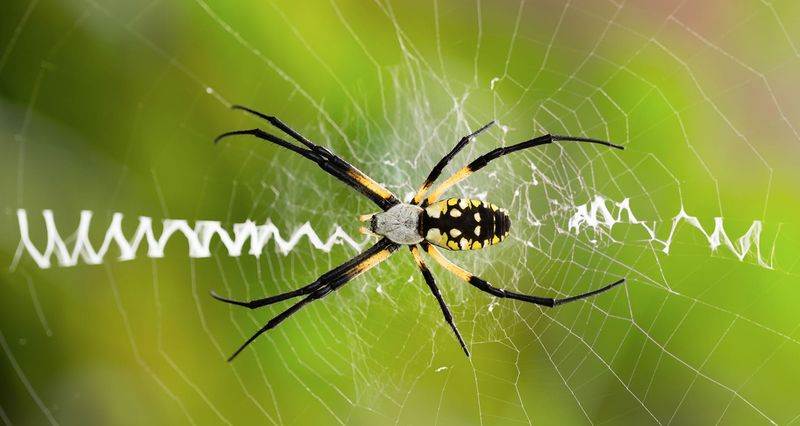
Spanning between branches, orb-weaver spider webs are intricate traps. Each silk strand is placed with precision, creating a deadly snare for unsuspecting prey. The web’s beauty lies in its symmetry and strength, a fine balance of art and utility. It’s a masterpiece in every morning dew.
10. Silk Tents
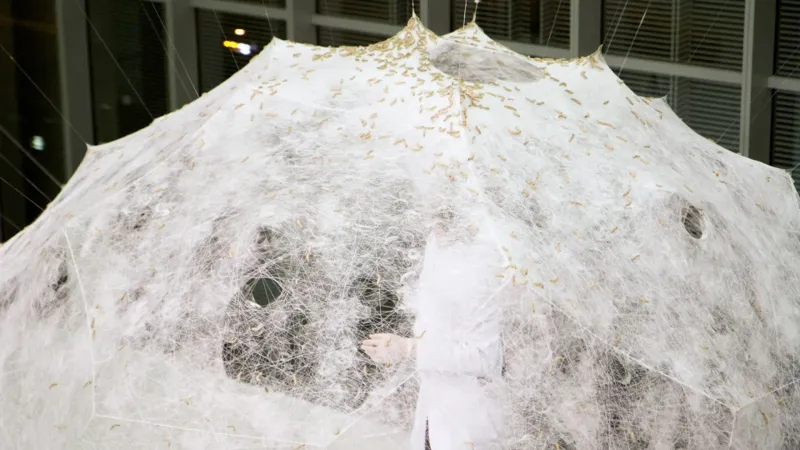
Silk tents are temporary homes crafted by caterpillars. These silken structures protect the young as they feed on surrounding leaves. The tent serves as a communal living space, offering safety in numbers. It’s a cozy haven in the midst of the arboreal world, spun with silky precision.
11. Leaf Miner Tunnels
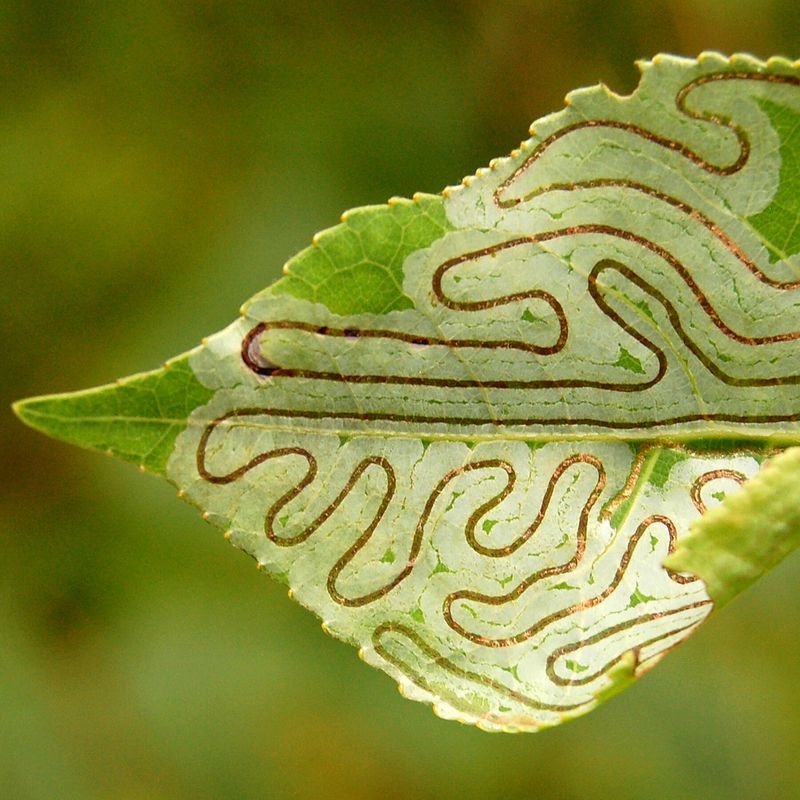
Hidden within leaves, leaf miner tunnels are intricate networks carved by larvae. The patterns are both artistic and functional, as the miners feed and grow. Each tunnel tells a story of survival and adaptation, a secret world concealed within the foliage. It’s a delicate dance of life and growth.
12. Bark Beetle Galleries
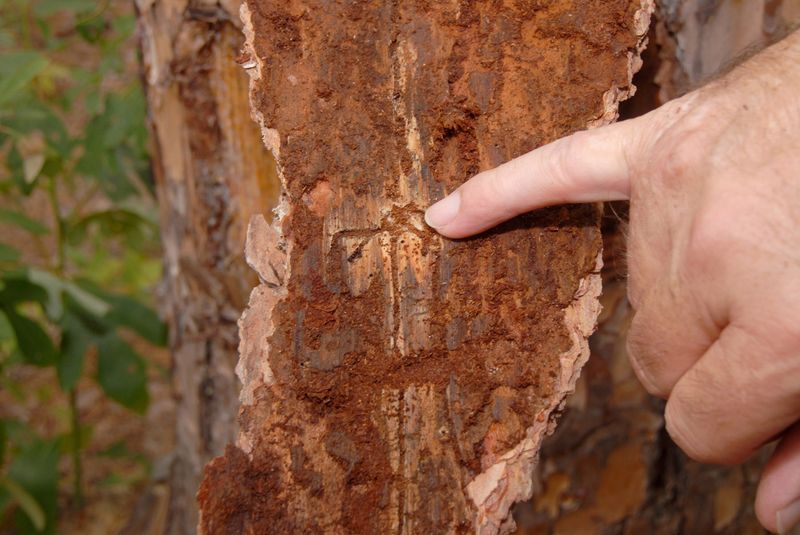
Beneath the bark, beetle galleries twist and turn, forming complex mazes. These tunnels are the work of industrious bark beetles, who lay their eggs within. As larvae hatch, they continue the excavation, creating a labyrinthine nursery. It’s a hidden world of life and transformation, etched into wood.
13. Hornet Nests
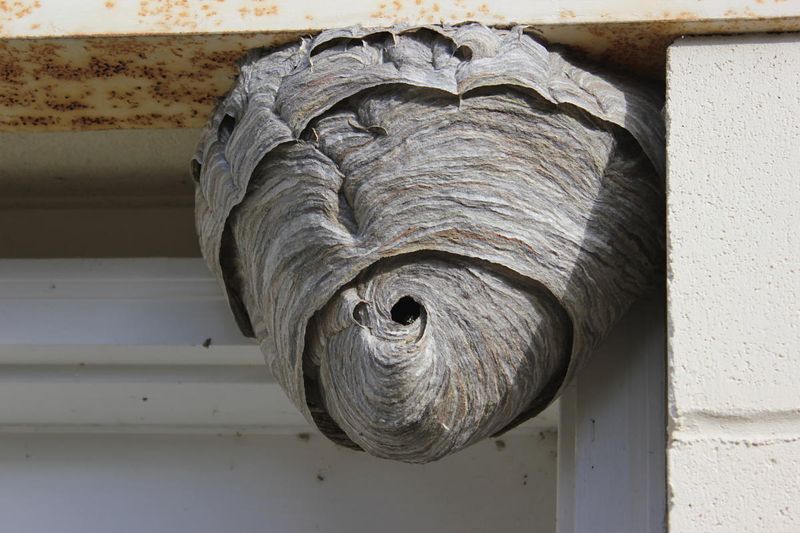
Hornet nests, with their layered paper-like construction, hang as imposing fortresses. These nests are built with precision, providing protection and space for the colony.
The hornets’ defensive nature and architectural prowess make these nests both fascinating and formidable. It’s a complex society sheltered within a papery palace.
14. Cocoon Enclosures
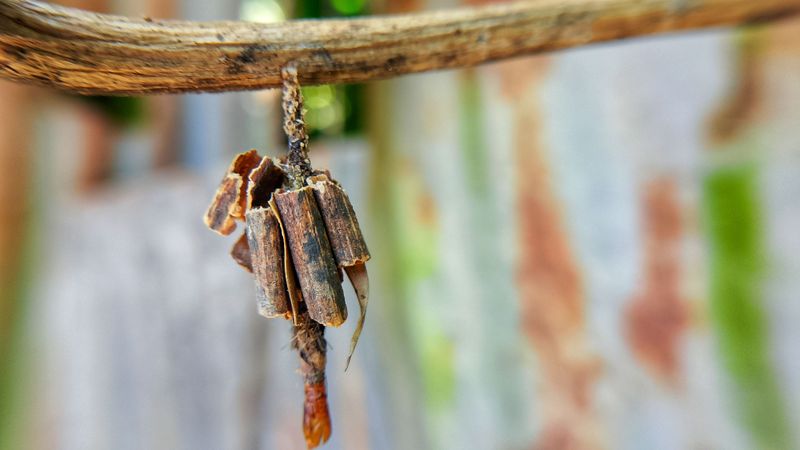
Cocoons are nature’s cradles, spun with silk to encase a metamorphosing insect. Within, transformation occurs unseen, a magical process of rebirth. The cocoon’s silken walls provide protection and insulation, ensuring a safe emergence. It’s a delicate chamber of change, where nature’s miracles unfold.
15. Dung Beetle Balls
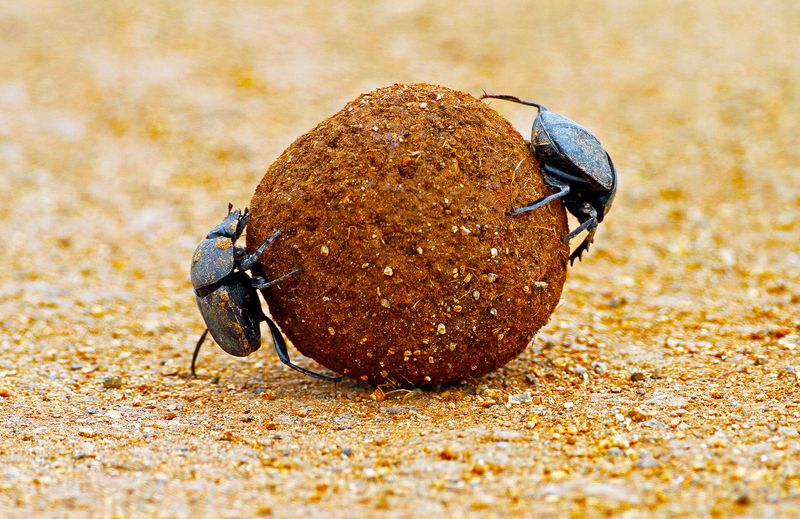
Surprisingly impressive, dung beetle balls are carefully crafted from animal droppings. These spheres serve as food stores and breeding chambers. The beetles’ dedication to rolling and shaping these balls is a testament to their industrious nature. It’s a peculiar yet essential part of the ecosystem.
16. Velvet Ant Burrows
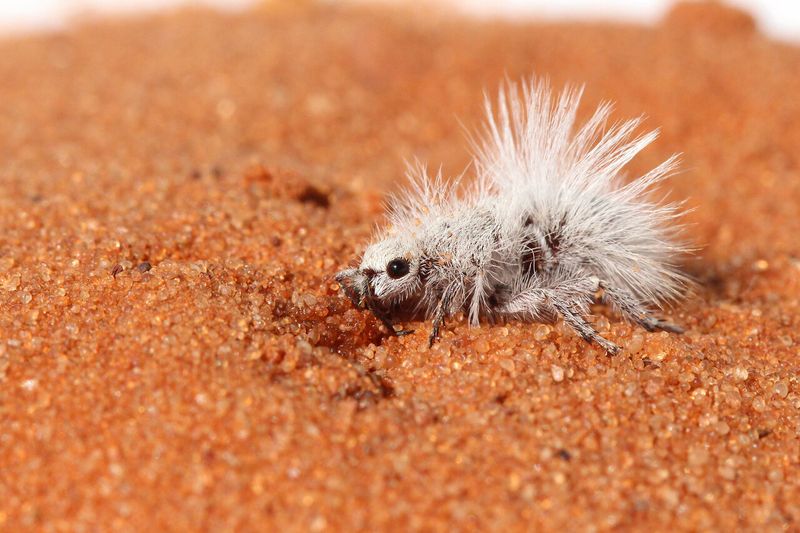
Velvet ants, which are actually wasps, dig burrows that serve as both refuge and nest. These solitary insects craft their homes in sandy soil, showcasing their survival prowess. The burrow’s simplicity belies its importance, providing a sanctuary in harsh environments. It’s a testament to solitary resilience.
17. Bumblebee Burrows
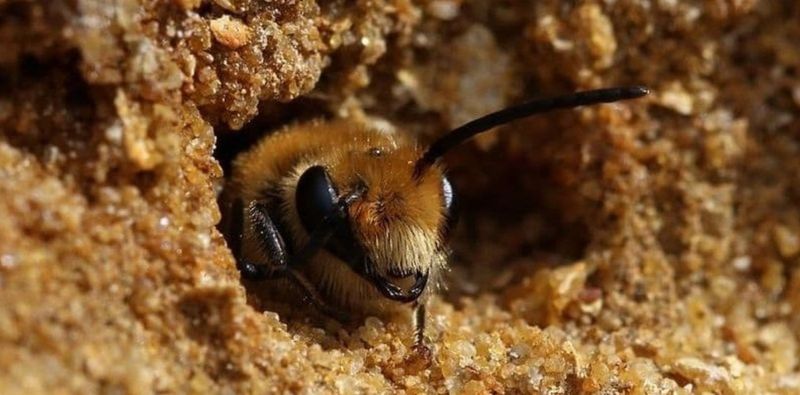
Beneath the earth, bumblebee burrows house bustling colonies. These subterranean homes offer protection and insulation for the bees. The burrows are a testament to the bees’ adaptability, providing safety from predators and weather. It’s a harmonious blend of engineering and nature’s instinct.





